Top 10 Automation Machines Transforming Modern Industries Today
In the rapidly evolving landscape of modern industries, automation machines have emerged as pivotal players in driving efficiency and productivity. As we approach 2025, the integration of advanced automation solutions is reshaping traditional manufacturing processes, supply chain management, and various service sectors. These machines not only minimize human intervention but also optimize operational workflows, ensuring that businesses can meet the increasing demands of their consumers while maintaining a competitive edge.
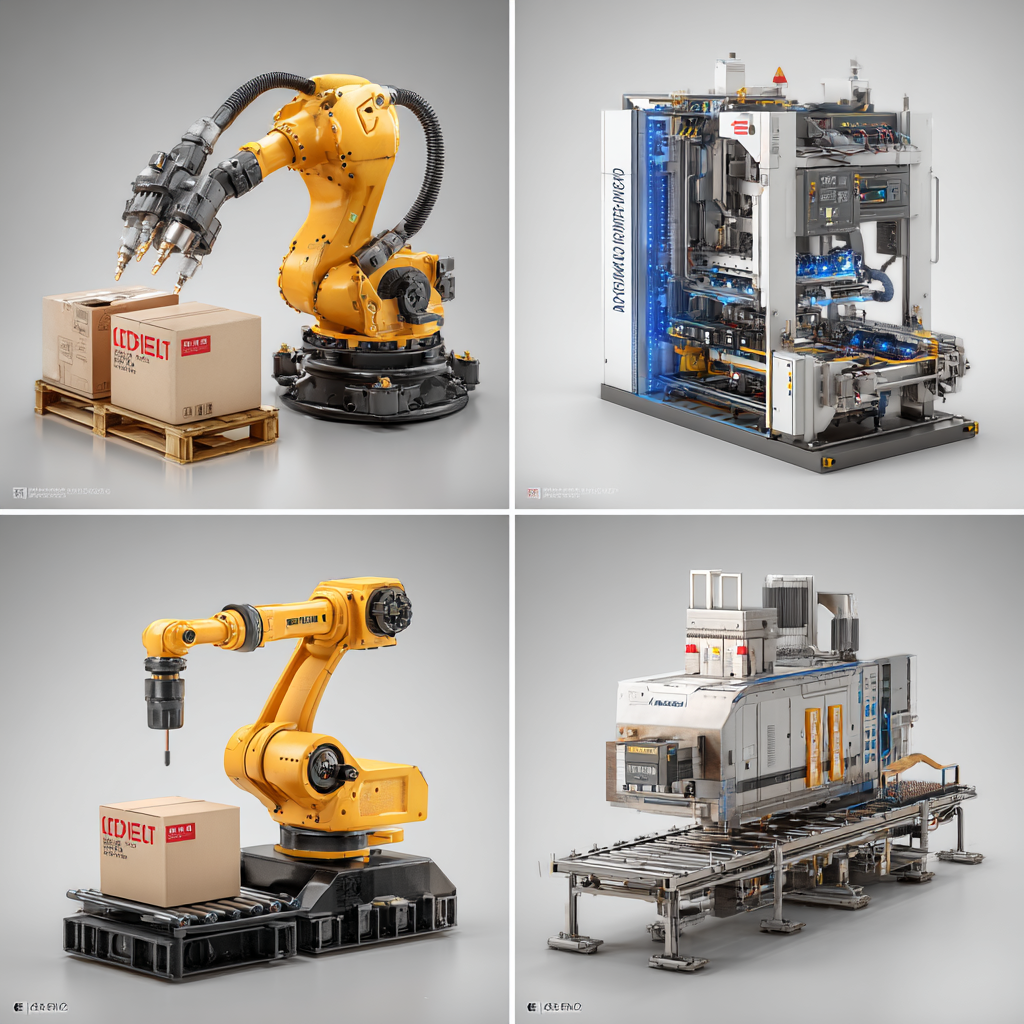
The emergence of sophisticated automation technologies is transforming the way industries operate, thereby heralding a new era of innovation and growth. From robotics and artificial intelligence to smart manufacturing systems, a diverse array of automation machines are being deployed to streamline operations, reduce costs, and enhance overall performance. This ongoing revolution is not merely a trend; it represents a significant shift in how industries will function in the near future, positioning automation at the heart of their success strategies.
As we explore the "Top 10 Automation Machines Transforming Modern Industries Today", it becomes clear that these tools are integral to adapting to the challenges and opportunities of the future. With each advancement, industries are discovering unparalleled possibilities that enable them to thrive in an increasingly automated world. The following sections will delve into the most impactful automation machines on the market, highlighting their features, benefits, and the transformative effects they bring to various sectors.
Revolutionizing Manufacturing: The Role of Robotic Arms in Automation
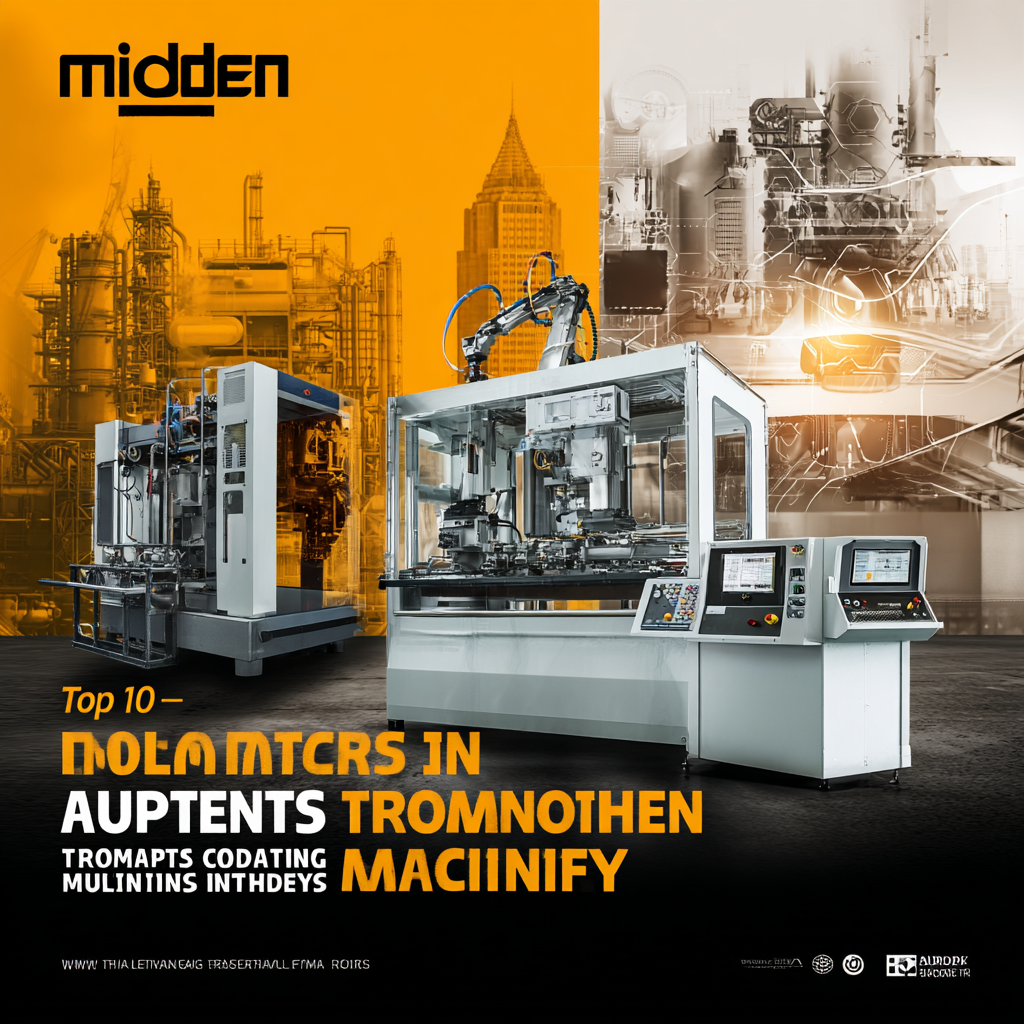 Robotic arms are at the forefront of the automation revolution, dramatically transforming modern manufacturing processes. By integrating advanced artificial intelligence, these machines enhance productivity while ensuring precision and consistency. For instance, countries like China have leveraged a vast array of factory robots to gain a competitive edge in global trade, showcasing how these innovations can be pivotal in navigating economic challenges. The automation of heavy industries, particularly in sectors like steel manufacturing, demonstrates significant improvements in efficiency and safety, allowing businesses to cut costs while improving operational reliability.
Robotic arms are at the forefront of the automation revolution, dramatically transforming modern manufacturing processes. By integrating advanced artificial intelligence, these machines enhance productivity while ensuring precision and consistency. For instance, countries like China have leveraged a vast array of factory robots to gain a competitive edge in global trade, showcasing how these innovations can be pivotal in navigating economic challenges. The automation of heavy industries, particularly in sectors like steel manufacturing, demonstrates significant improvements in efficiency and safety, allowing businesses to cut costs while improving operational reliability.
Moreover, the rise of collaborative robots, or cobots, is reshaping flexible manufacturing environments. These robots are designed to work alongside human operators, adapting easily to changes in production needs. This symbiotic relationship not only optimizes workflow but also enhances worker safety by taking over dangerous tasks. As industries continue to adopt robotic solutions, the landscape of manufacturing is evolving, creating a smarter and more agile production paradigm that emphasizes both human and robotic strengths.
Streamlining Supply Chains: Automated Guided Vehicles Taking Charge
Automated Guided Vehicles (AGVs) are revolutionizing supply chain management across various industries, driving efficiency and reducing operational costs. According to a report by Mordor Intelligence, the global AGV market is expected to grow at a CAGR of 15.3% from 2021 to 2026, reaching approximately $6.69 billion by the end of this period. This rapid expansion is fueled by the increasing demand for automation in logistics and warehousing, enabling companies to optimize their inventory handling processes while minimizing human error.
In practical terms, AGVs are streamlining operations in warehouses by automating the transportation of goods. Systems like the autonomous mobile robots from Fetch Robotics have demonstrated how scaling these technologies can lead to enhanced productivity. For instance, a case study from the warehouse of a leading e-commerce company showed a 40% increase in throughput after integrating AGVs into their logistics system. As these machines navigate through complex environments with precision, they help businesses meet the ever-growing consumer demands without the need for significant workforce expansion, thereby promoting sustainability and reducing labor costs.
Top 10 Automation Machines Transforming Modern Industries
Smart Factories: Integrating IoT for Enhanced Production Efficiency
The integration of the Internet of Things (IoT) within smart factories is revolutionizing production efficiency across industries. By leveraging digital twin technology, manufacturers can create enhanced simulations and high-resolution models that facilitate precise and streamlined manufacturing processes. This innovative approach not only supports product design but also enables companies to optimize their operations in real-time, significantly improving productivity and reducing costs.
As the market for industrial IoT platforms is projected to reach $87.48 billion by 2025, with a steady CAGR of 5.3% leading to 2033, it is evident that businesses are embracing this digital transformation. The rise of advanced technologies, such as AI and cloud computing, allows manufacturers to harness vast amounts of data, driving deeper insights and facilitating quicker decision-making on the production floor. Moreover, partnerships and initiatives aimed at establishing "smart lighthouse factories" signify a collective effort towards achieving comprehensive digitalization in manufacturing. This paves the way for a future where industries can fully realize the potential of interconnected devices and intelligent systems.
AI-Powered Quality Control: Ensuring Error-Free Manufacturing Processes
AI-powered quality control is revolutionizing manufacturing processes, enhancing efficiency and reliability in ways previously unattainable. By leveraging advanced algorithms and machine learning, these systems can analyze vast amounts of data in real time, identifying defects and anomalies that a human inspector might overlook. This not only minimizes the risk of errors but also accelerates production timelines, allowing companies to meet growing consumer demands without compromising quality.
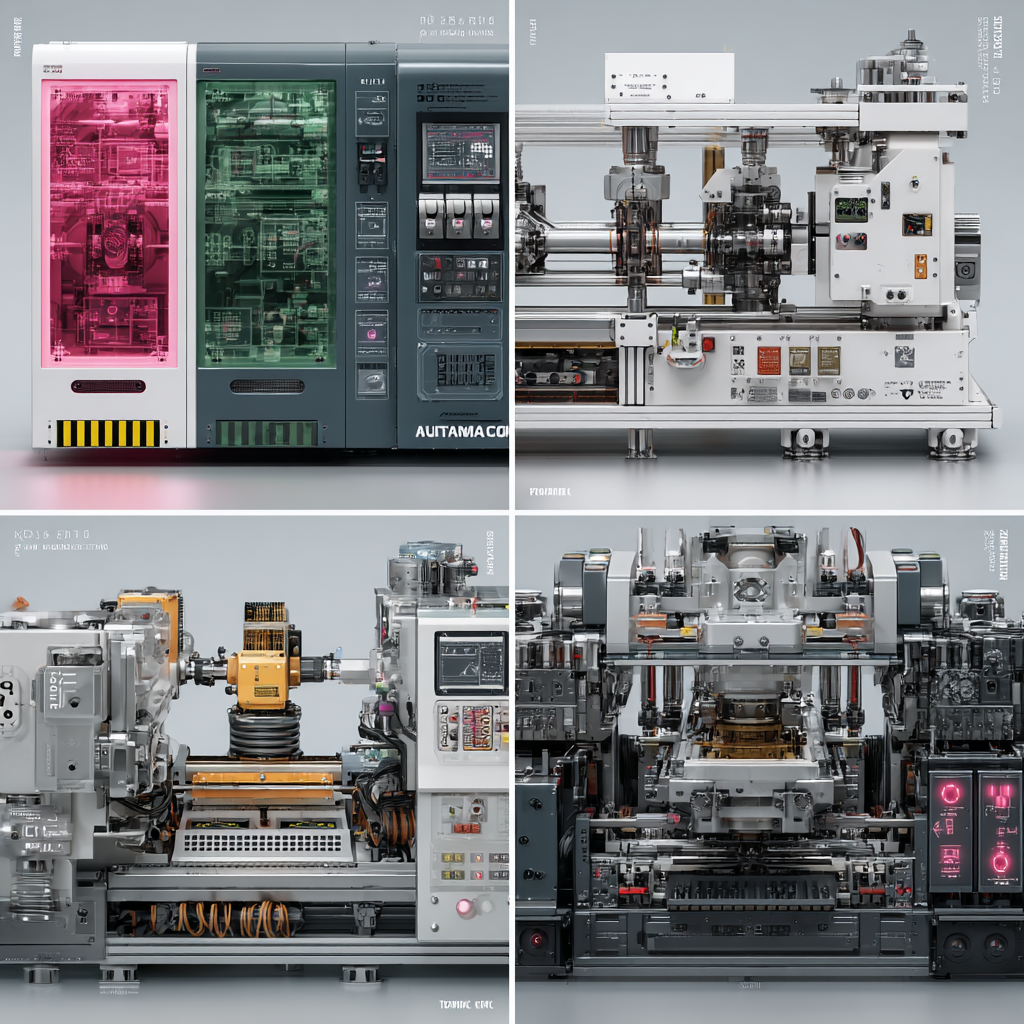
The integration of AI into quality control also provides manufacturers with invaluable insights into their processes. Predictive analytics, driven by AI, enables organizations to anticipate potential failures before they occur, facilitating proactive maintenance and minimizing downtime. As industries increasingly adopt these automated solutions, the emphasis on error-free manufacturing becomes paramount, ensuring that products meet stringent quality standards and enhancing overall customer satisfaction. As a result, companies that embrace AI-powered quality control are poised to lead in the competitive landscape of modern manufacturing.
Transforming Warehousing: The Impact of Autonomous Drones on Inventory Management
As industries modernize, the integration of autonomous drones in warehouses is revolutionizing inventory management. The recent adoption of these drones has enabled companies to cut labor needs by as much as 60%, significantly enhancing efficiency and accuracy in stock tracking. By automating routine tasks, businesses can focus on strategic operations, alleviating the pressure from a growing skills gap in the workforce.
Tips for implementing autonomous drones in your warehouse include assessing your current inventory management processes to identify areas for automation. Pilot programs can provide invaluable insights, allowing companies to refine their approaches before full-scale implementation. Collaborating with innovative technology providers can also ensure you leverage the latest advancements in AI and automation.
Furthermore, consider investing in RFID technology alongside drones. This combination allows for real-time tracking and data accuracy, helping to streamline operations and reduce errors. Engaging with key partners in the field can provide essential support and resources to navigate the transition smoothly while maximizing the benefits of drone technology in your warehouse.
Related Posts
-

Wisconsin Automation Leading the Future of Robotics in Manufacturing with Industry 4.0 Insights
-

10 Surprising Ways Automation Machines are Transforming Small Businesses in 2023
-
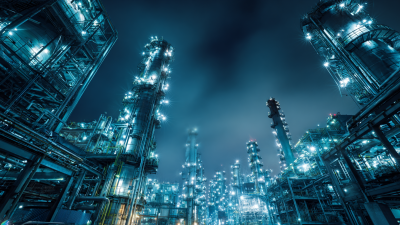
Revolutionizing Efficiency: How the Automation Industry is Expected to Surge by 30% by 2025
-
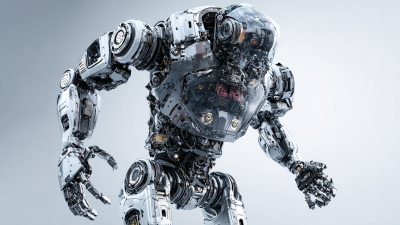
10 Best Robot Machines for Efficient Automation in 2023
-
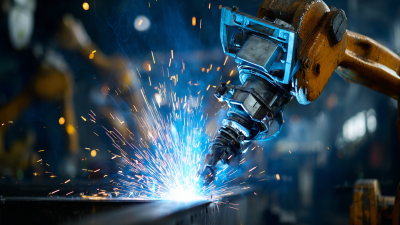
Top 10 Benefits of Using Robotic Welders in Modern Manufacturing
-
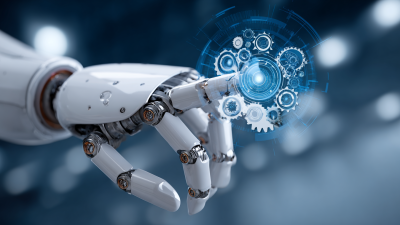
Unlocking Business Efficiency with Robotic Process Automation Software Insights from Recent Industry Trends
